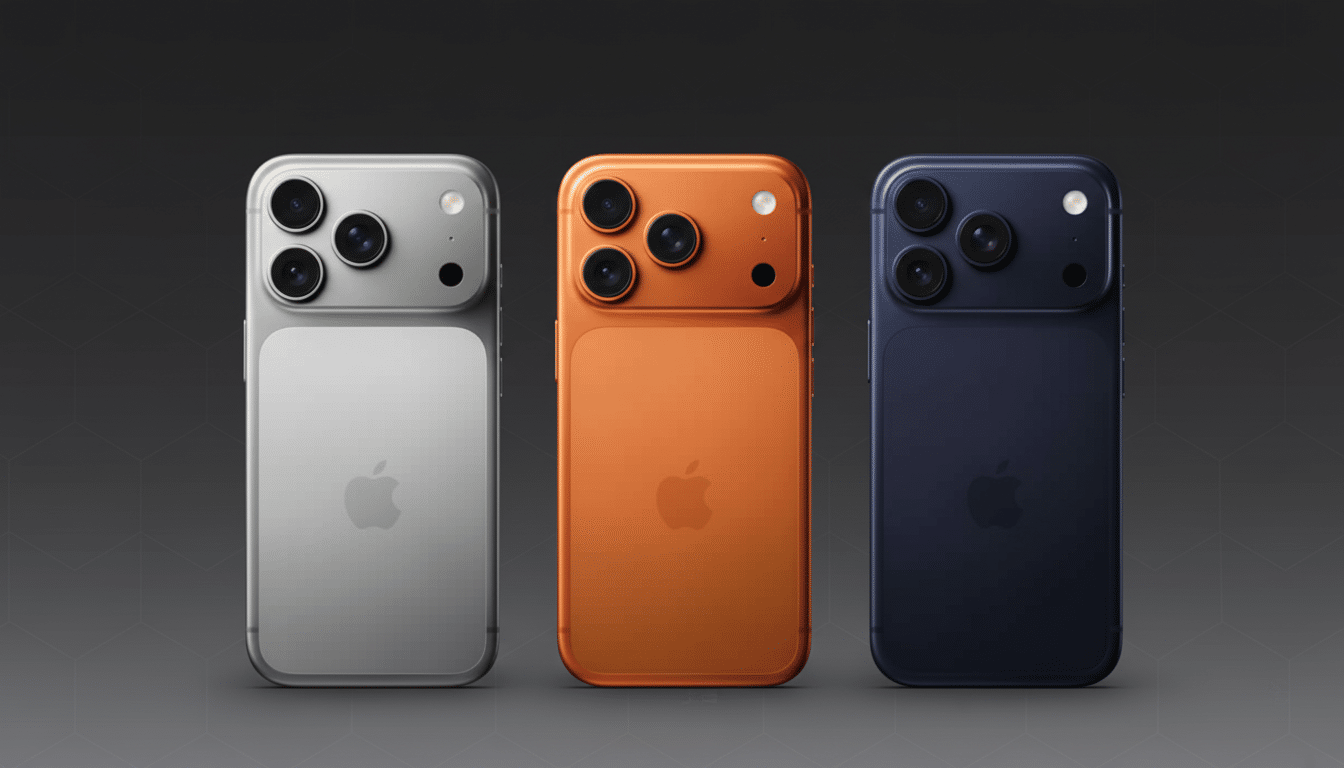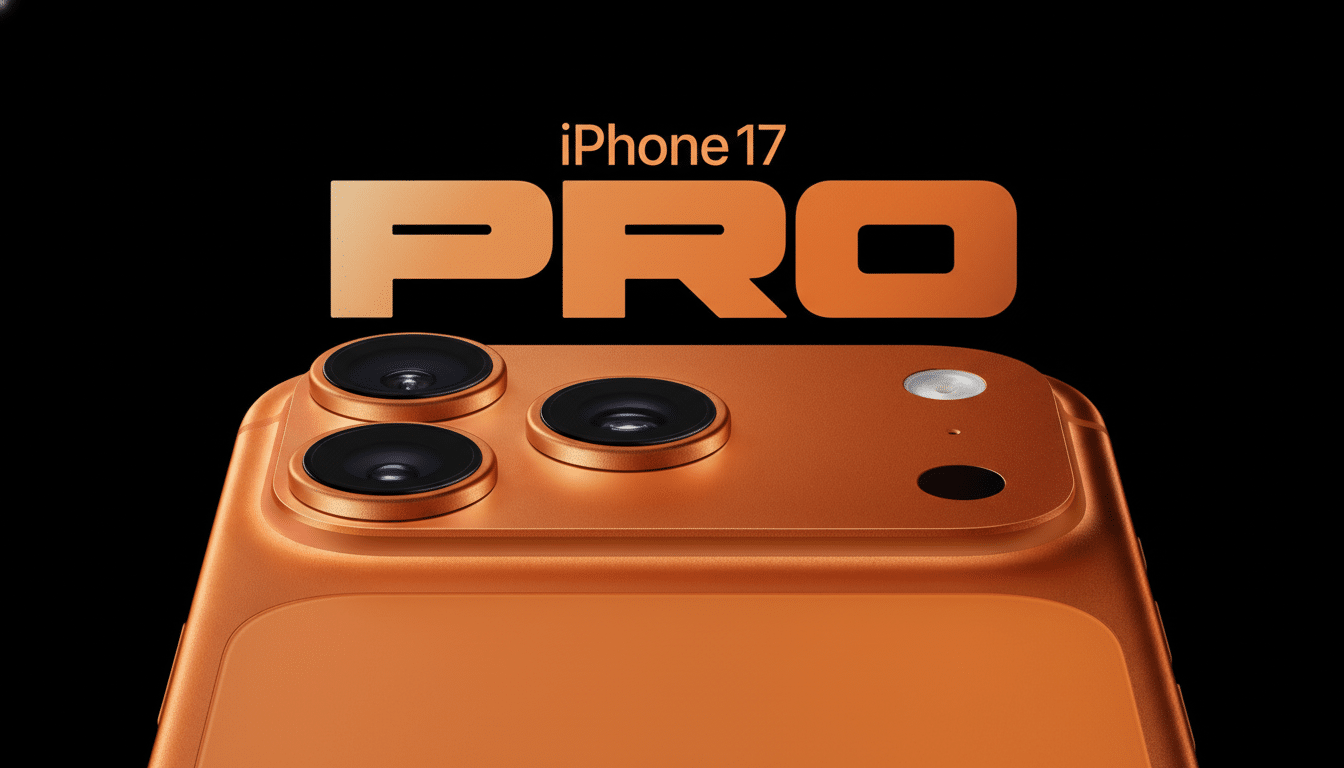The standout feature of Apple’s new “Air” model is easy to understand: It is impressively thin. But how does it really stack up to the iPhone 16 and the iPhone 17 range, and will that slender profile even make much of a difference in your hand or pocket? Here’s a straightforward, numbers-first comparison of the depth (what Apple calls the thickness) of all three.
How the measurements compare
By Apple’s published specs, iPhone 16 is 0.31″ (7.80 mm) thick. Apple lists the standard iPhone 17 with the same 0.31 inch profile but the iPhone 17 Pro and Pro Max go one up to 0.34 inches (8.75 mm).

The iPhone Air clocks in at 0.22 inch (5.64 mm). Put another way, that makes the Air approximately 28% thinner than the iPhone 16 and iPhone 17, and around 36% thinner than the 17 Pro models. The discrepancy between the 17 Pro’s 0.34 inch and the 16/17’s 0.31 inch is 0.03 inch, which is nearly a millimeter and enough to tell side-by-side, particularly around the frame.
Remember: Apple’s depth spec doesn’t account for the camera bump. That is standard across models so the comparisons are apples to apples, but in real-world use the lens island will indeed stick out beyond the listed depth across all three families of products.
Will it really feel different?
A 0.09-inch delta (0.22 vs. 0.31) may not sound like much on paper, but in the hand, it’s noticeable. Grip the side rails and the Air’s frame feels more like a sleek slab than a rounded brick. Slip this into a jeans pocket, and that nearly two-millimeter savings lessens the “phone print,” particularly when you sit down or bend. For some context, the thickness of a standard credit card is about 0.76 mm (0.03 inches); if the iPhone Air is about seven credit cards thick, then the iPhone 16 would be around ten or so.
Cases complicate the story. A thin protective case will typically add 1–2 mm to the equation. Stick a minimal case on the Air and you’re hovering around the iPhone 16’s naked thickness; put that same case on the 16, and the Air is still thinner, but the gulf lessens. If you’re the type to run your phone naked, the Air’s advantage looms largest.
Why thin is difficult — and what Apple probably did
Engineering-wise, driving a flagship-class phone down to 5.64 mm is a juggling act. Less internal volume equals tougher trade-offs for battery size, heat removal, structural stiffness and camera module height. Teardown experts at outfits like iFixit have documented Apple’s steady march toward denser batteries, stacked logic boards and extensive internal bracing over the past few generations — all techniques that can help reclaim space without gutting performance.

Strength in structure is the other pillar. The industry learned hard lessons from the ultrathin iPhone 6 era; Consumer Reports’ bend tests at the time famously highlighted the weak points of thin aluminum shells. Contemporary phones compensate for that with stronger alloys, internal ribs and strategically positioned adhesives — which function like structural members. Look for the Air to rely on a mix of high-strength frame materials combined with retooled internal geometry to stave off any unwanted flex at such a slim profile.
Thermals also matter. With a less chunky case, heat has less mass to soak into. As Apple’s custom silicon has marched along the path toward higher performance-per-watt, and industry analysts at places like Display Supply Chain Consultants have noted thinner display stacks for several generations. Both trends yield a few further tenths of a millimeter that contribute to designs such as the Air being feasible.
Numbers in context: pocket feel versus pro heft
At 0.34 inch (8.75 mm), the iPhone 17 Pro and Pro Max make a time-honored compromise: Pro cameras and bigger batteries make for bulk. That additional ~12% thickness compared to the 0.31-inch versions is the cost of larger sensors, stabilization hardware and thermal headroom. If you want the slimmest, flatest haustum, the Air is the outlier by design; if you’re shooting a lot of photos or pushing sustained performance, the thicker Pro line is for that.
One more real-world quirk: wobble of the table. With all three families having camera bumps, none of the phones will sit totally flat glass-down. But the thinner Air may over- or understate that perception of the height of the bump by virtue of having a lower body. This is a not a virtual problem, but one that you can feel when you tap on a desk near a corner.
Bottom line: how thin is thin enough?
On spec sheets, the iPhone Air is notably thinner: 0.22 inch compared to 0.31 inch for the iPhone 16 and iPhone 17, and 0.34 inch for the 17 Pro models. That’s the difference between a phone that slips out of the pocket and one that still feels conventional in daily life. If thin and light is at the top of your list, the Air wins at a 5.64 mm depth. If you care about longevity, and about the pro-grade camera, the thicker models justify their millimeters.
The dip and the bump are part of a larger story about Apple’s lineup strategy: a line looking to push ultra-slender without sacrificing practical capability on the one side, and leaning the other way into performance and optics even when that costs you one or two millimeters. That makes the decision refreshingly simple for buyers.

